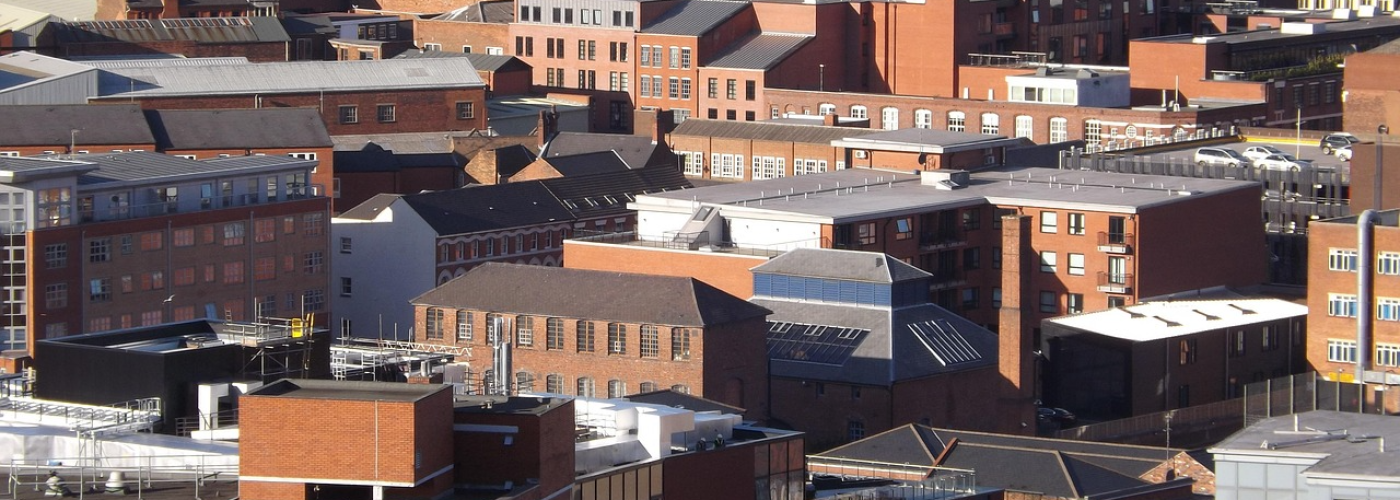Birmingham City’s stadium project is gathering pace as owners Knighthead edge closer to filing a planning application for the new Sports Quarter in east Birmingham.
Momentum has grown since the Government confirmed £2.4 billion in transport funding, with a new tram-line linking the Sports Quarter to the city centre earmarked as a priority. Chairman Tom Wagner spent months pressing for the link, arguing it was vital for turning plans on paper into a project that could carry supporters in and out of the ground with ease. West Midlands mayor Richard Parker has since committed to the line, clearing one of the largest obstacles facing the build.
Gambling Beyond Boundaries
The scale of the Sports Quarter is striking. Birmingham City’s £51 million purchase of the Birmingham Wheels site set it in motion, followed by more land that now pushes the project to more than 125 acres. That footprint is large enough for a stadium alongside shops, leisure spaces, and community facilities.
Modern stadiums rarely stage football alone. Rugby internationals, boxing nights, athletics meets, and major concerts are the kind of events usually added to the calendar. Each of these carries its own betting interest. Fans study the odds before a rugby clash, back fighters during headline bouts, or track markets linked to music events that pull global audiences. Betting is already part of that wider fan culture, both in venues and online.
Offshore platforms, like the ones listed here, also come into the picture. They often advertise bigger bonuses or alternative markets that sit outside UK regulation. With a venue of this size, the overlap between sport, entertainment, and betting will only deepen once the Sports Quarter is complete.
Consultants And Planning Teams
Behind closed doors, a team of consultants is working on the planning application. Architects, engineers, and financial advisors are shaping proposals designed to satisfy local requirements while matching Knighthead’s ambition. Wagner has said repeatedly that the goal is not only to build a stadium but to deliver a project that sparks regeneration in the east of the city.
Examples from elsewhere in the region show how these projects are handled. Construction firm Graham recently landed a £49.9 million contract to build Bristol’s Oasis Academy Temple Quarter, part of a wider regeneration push around Temple Meads. The parallels underline how large-scale schemes like Birmingham’s Sports Quarter often require a mix of private investment, public planning, and experienced contractors to bring the vision off the page.
The stadium will anchor that plan, with the wider Sports Quarter adding retail, community spaces, and jobs. Club officials view it as a long-term investment that could reshape Birmingham City’s identity well beyond the pitch.
Transport Link Critical To Progress
The promised tram line is central to the entire project. Wagner argued that the development needed a reliable link to the city centre to succeed. With the Government’s funding secured and Parker pledging to prioritise the route, confidence has grown that the Sports Quarter can move forward.
The tram line is expected to be among the first elements completed, creating a direct route for fans and visitors to the stadium. Without it, the project risked being cut off from the city; with it, the Sports Quarter gains the connection it needs to thrive.
Looking Ahead
Knighthead’s investment has already shifted Birmingham City’s future, but the Sports Quarter will be the defining measure. Land continues to change hands, consultants refine the planning application, and the transport link takes shape.





